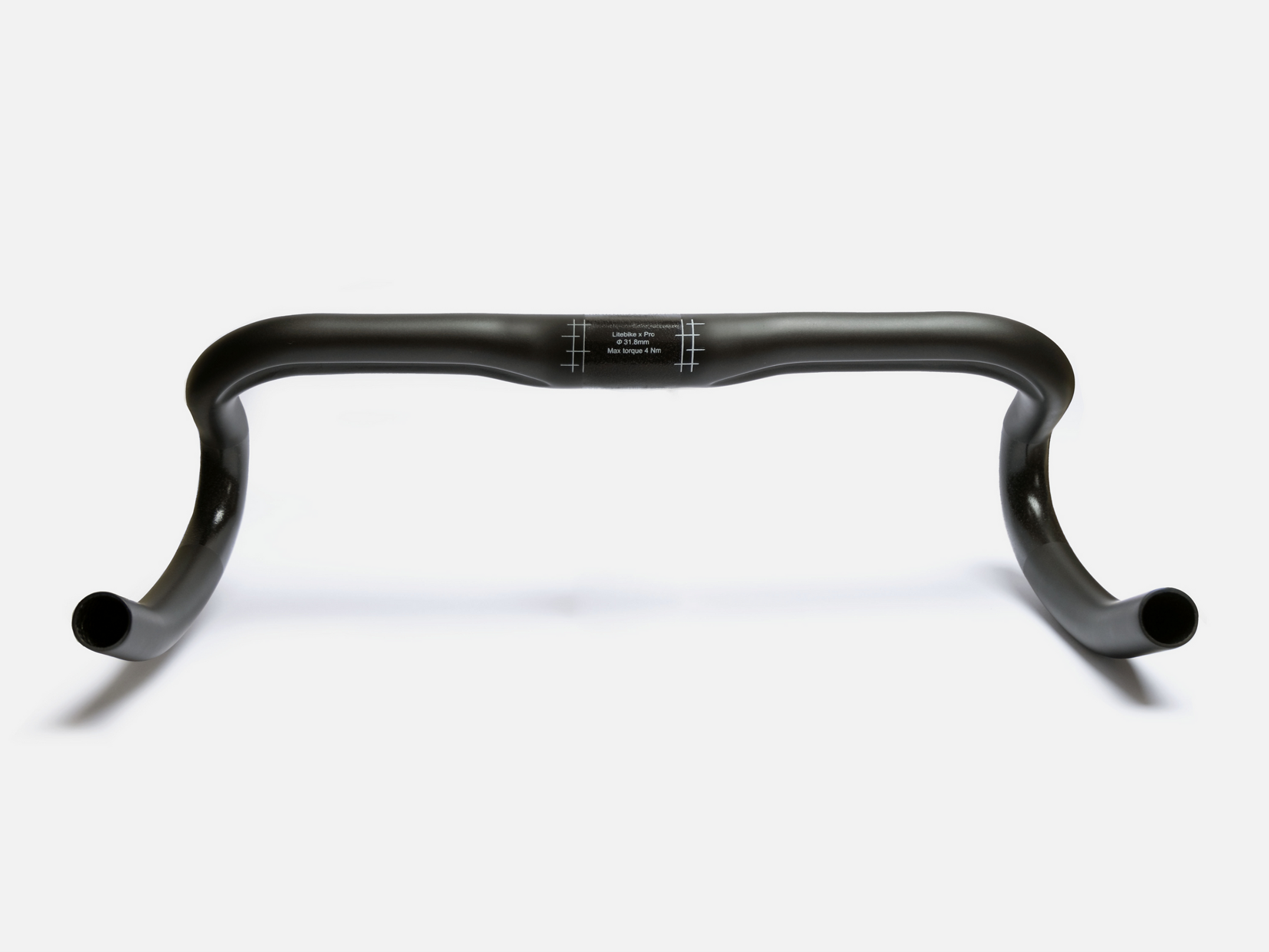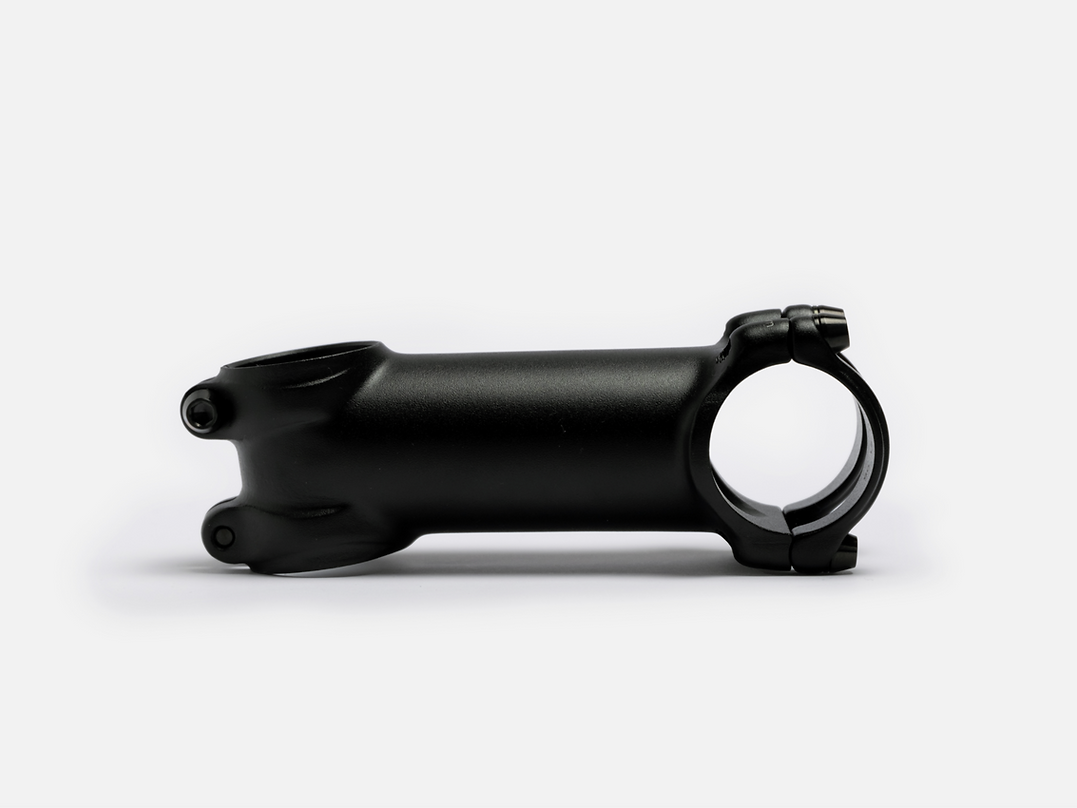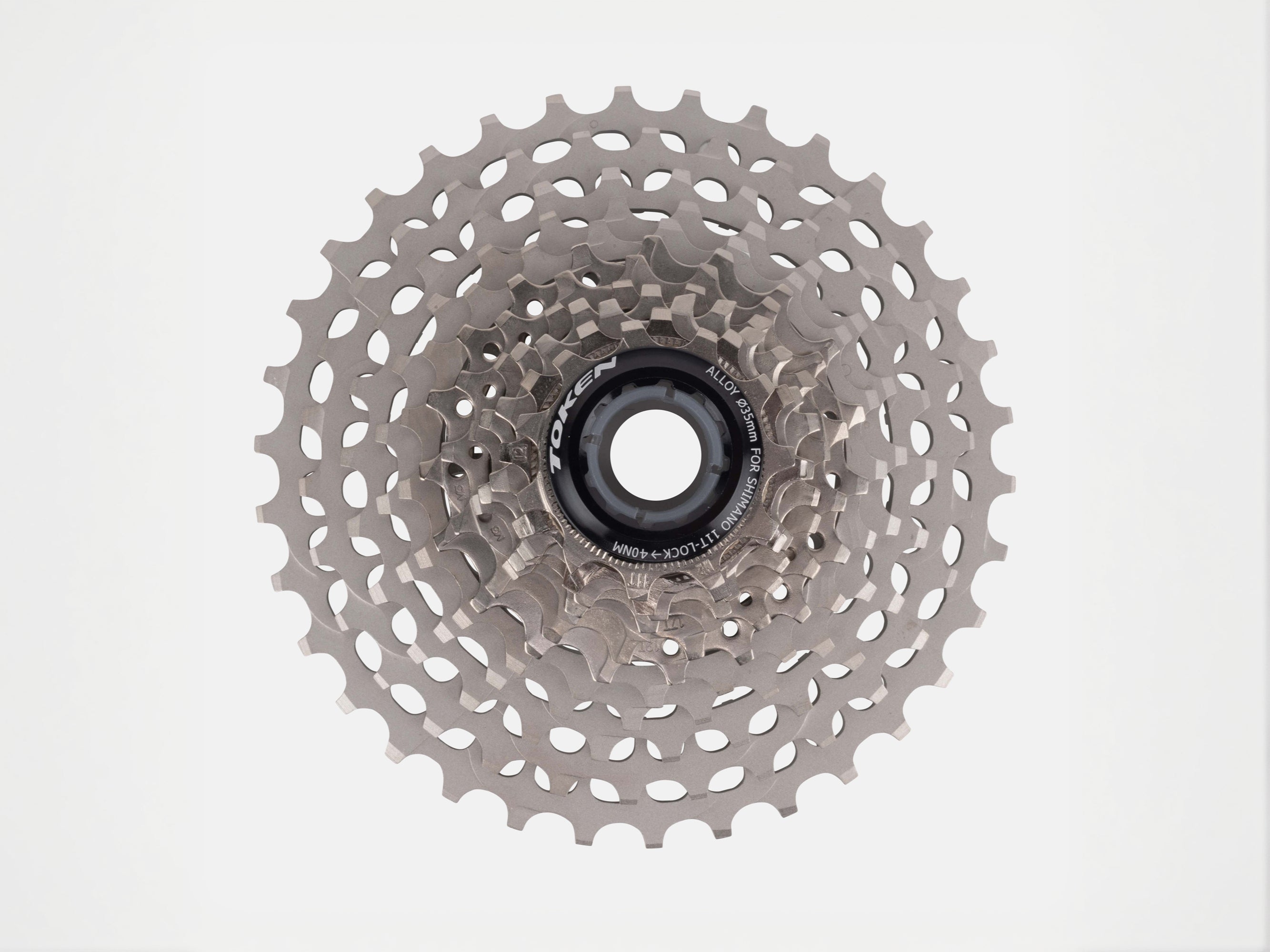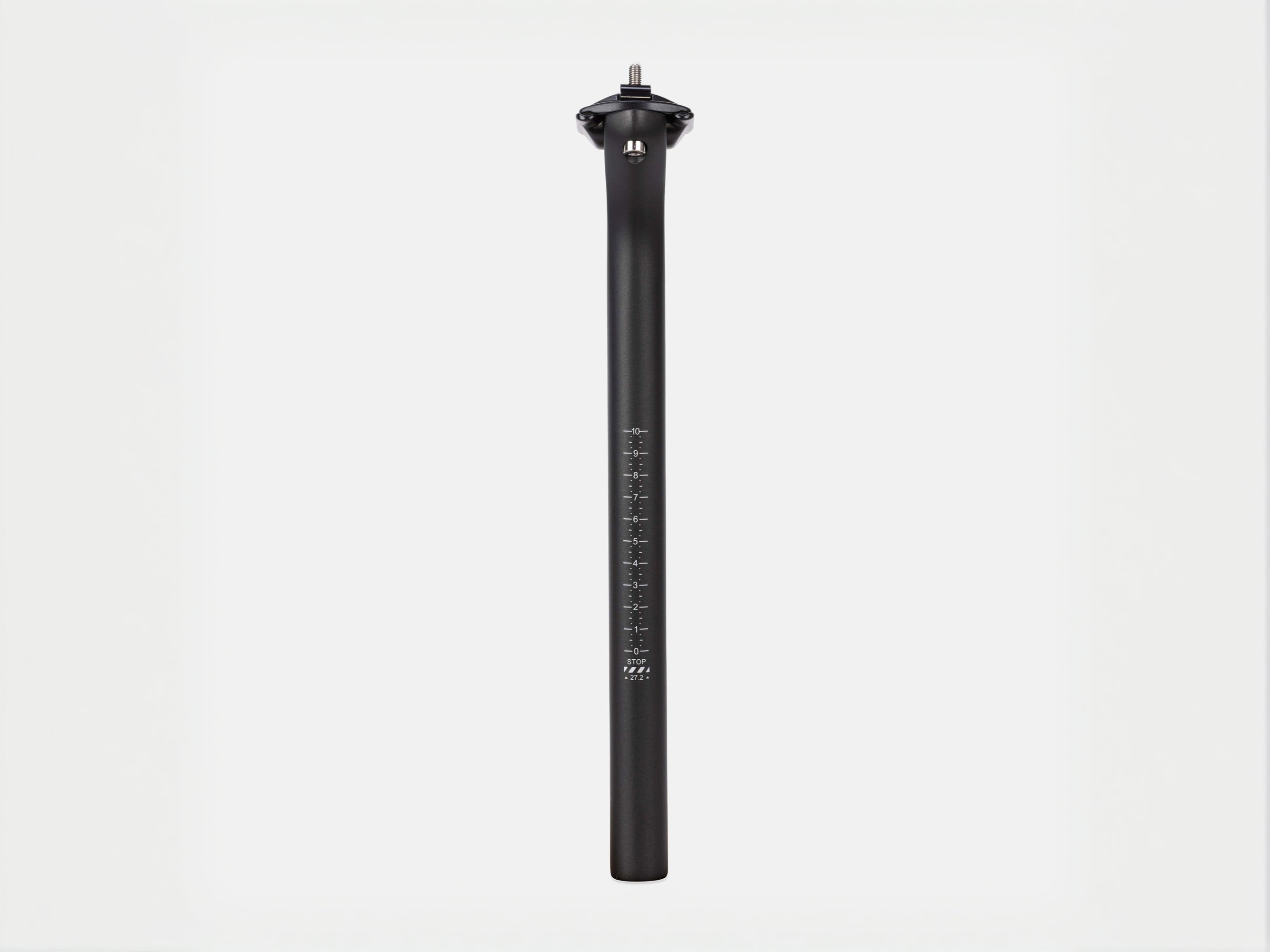Carbon fibre is valued for its high strength-to-weight ratio and versatility. Advances in composite materials over recent decades have significantly influenced cycling, driving improvements in speed, efficiency, and endurance. To understand its role in cycling, it is important to examine the science behind the material, its development, and its transformative impact on bicycle design and performance.
What is carbon fibre?
Carbon fibre consists of long, thin strands of carbon atoms arranged in a crystalline lattice. These fibres are typically 5-10 micrometers (µm) in diameter and are produced through a process known as pyrolysis, where a precursor material - most commonly polyacrylonitrile (PAN) - is heated to extremely high temperatures in an inert environment, driving off any non-carbon atoms.
Key properties of carbon fibre:
|
Property |
Details |
|
High strength |
Tensile strength of up to 5,000 MPa, surpassing steel. |
|
Lightweight |
Density of ~1.6 g/cm³, compared to 7.8 g/cm³ for steel. |
|
Stiffness |
Elastic modulus of 230–600 GPa, depending on grade. |
|
Corrosion resistance |
Chemically inert, does not degrade in moisture or UV. |
|
Customisation |
Can be molded into complex shapes with variable layups. |
These properties arise from the strong covalent bonds in carbon’s atomic structure and the ability to weave fibres into mats that can optimise performance for specific stresses. Carbon fibres alone are not sufficient for practical applications and therefore get combined with a matrix material, like an epoxy resin, to form a composite.
The evolution of carbon fibre technology in cycling
The development of carbon fibre from an experimental material to a key part of cycling performance is reflective of the progress made over the past few decades in materials science.
The first commercially viable carbon fibres were developed in the 1960s, primarily for aerospace applications. By the 1970s, these fibres were being explored in sports equipment like fishing rods and tennis rackets. In cycling, early experiments with carbon fibre were limited by the high cost of production and the lack of advanced resins to bind the fibres into durable, load-bearing composites.
The turning point for carbon fibre in cycling came in 1986 when the Giant Cadex 980C became the first mass-produced carbon fibre bike. Although revolutionary, it was sadly flawed due to limitations in bonding carbon tubes to aluminium lugs. Meanwhile, innovators like Specialized and Trek began experimenting with monocoque carbon frames, where the entire frame is molded as a single structure, in doing so eliminating weak points.
How carbon fibre changed cycling design
The introduction of carbon fibre fundamentally altered the way bikes are engineered, unlocking capabilities that steel, aluminium, and titanium could not match.
Carbon fibre frames are built using one of two primary techniques: either tube-to-tube construction, where individual carbon tubes are bonded together, similar to metal frames, or a ‘monocoque design’ which is where a single mould is used to create the frame.
The monocoque method is particularly advantageous for producing lightweight, streamlined shapes that can integrate features like internal cable routing.
Material comparison for frames:
|
Steel: Durable but heavy, high fatigue life. |
|
Aluminium: Lightweight, less comfortable ride. |
|
Carbon Fibre: Ultra-light, customisable stiffness, superior aerodynamics. |
There are several benefits to carbon fibre over traditional cycling materials:
- Stiffness-to-weight ratio. Carbon fibre allows engineers to tune stiffness in specific areas, such as the bottom bracket and head tube, while maintaining compliance in others for comfort. This “anisotropic” property - strength varying by direction - is unmatched by metals and has enabled Specialised, for example, to refine the design of its Aethos model. Our X Weave™ technology is unrivalled in maximising the potential of carbon to be durable and compliant at the right dimensions.
- Aerodynamics. Carbon fibre enables the creation of aerodynamic frame shapes with minimal weight penalties. The use of computational fluid dynamics (CFD) and wind tunnel testing in frame design and carbon bike parts has become more common at the top-end of the sport. CFD is standard practice for us.
- Integration with components. Beyond frames, carbon fibre has revolutionised components like wheels, handlebars, and seat posts. Carbon fibre rims, for example, are stiffer and lighter than aluminium, improving acceleration and responsiveness.
Historical milestones in carbon fibre cycling:
|
Year |
Innovation |
Impact |
|
1986 |
Giant Cadex 980 C |
First commercially available carbon frame. |
|
1992 |
Trek OCLV Series |
Introduced monocoque carbon frames. |
|
2000 |
Lightweight Wheels |
Carbon fibre wheels gained prominence. |
|
2005 |
Cervélo Soloist Carbon |
Pioneered aero road frames with carbon. |
|
2010 |
Specialized Tarmac SL3 |
Combined stiffness and compliance innovations. |
|
2020 |
3D-Printed Carbon Components |
Enabled highly customised geometries. |
Impact on cycling performance
The transition to carbon bikes has had measurable impacts on cycling performance, particularly in professional racing.
- Weight reduction. Modern carbon fibre frames weigh as little as 600 grams, compared to 1.5–2.0 kg for steel or aluminium. A lighter bike improves climbing efficiency and reduces fatigue over long distances.
- Aerodynamics. The ability to sculpt carbon into airfoil shapes has made bicycles significantly faster. Wind tunnel testing shows that carbon aero frames can save up to 50 watts at 40 km/h compared to traditional round-tube frames.
- Stiffness and power transfer. High stiffness improves power transfer from pedals to wheels, critical in sprinting. The Tour de France sprint stages often see riders using ultra-stiff carbon fibre bikes designed for maximum efficiency.
The future of carbon fibre in cycling
We believe that the future of cycling will be steered by technological advancements in material science as well as in custom engineering. We are also hopeful about recent advances in recycling methods and the possibilities of the circular economy that will support a more sustainable planet.
- Advanced materials. Innovations in carbon fibre production are leading to materials with even higher strength-to-weight ratios, such as graphene-infused composites. These materials could further reduce weight while improving durability.
- Sustainability. Efforts are underway to recycle carbon fibre and develop bio-based precursors. While current recycling methods yield lower-grade fibres, advancements may allow for closed-loop production systems in the future.
- Customisation. 3D printing of carbon fibre is enabling the creation of bespoke parts tailored to individual riders. This technology promises to democratise high-performance cycling.
Carbon fibre has profoundly transformed the cycling industry and as the technology advances, as we believe it will, carbon fibre will continue to define the cutting edge of what’s possible in cycling, pushing boundaries and setting new standards for performance. We are excited about the role we can play in pushing the boundaries of cycling, to help mankind go one step further on two wheels and support the drive towards a more sustainable planet in the process.








